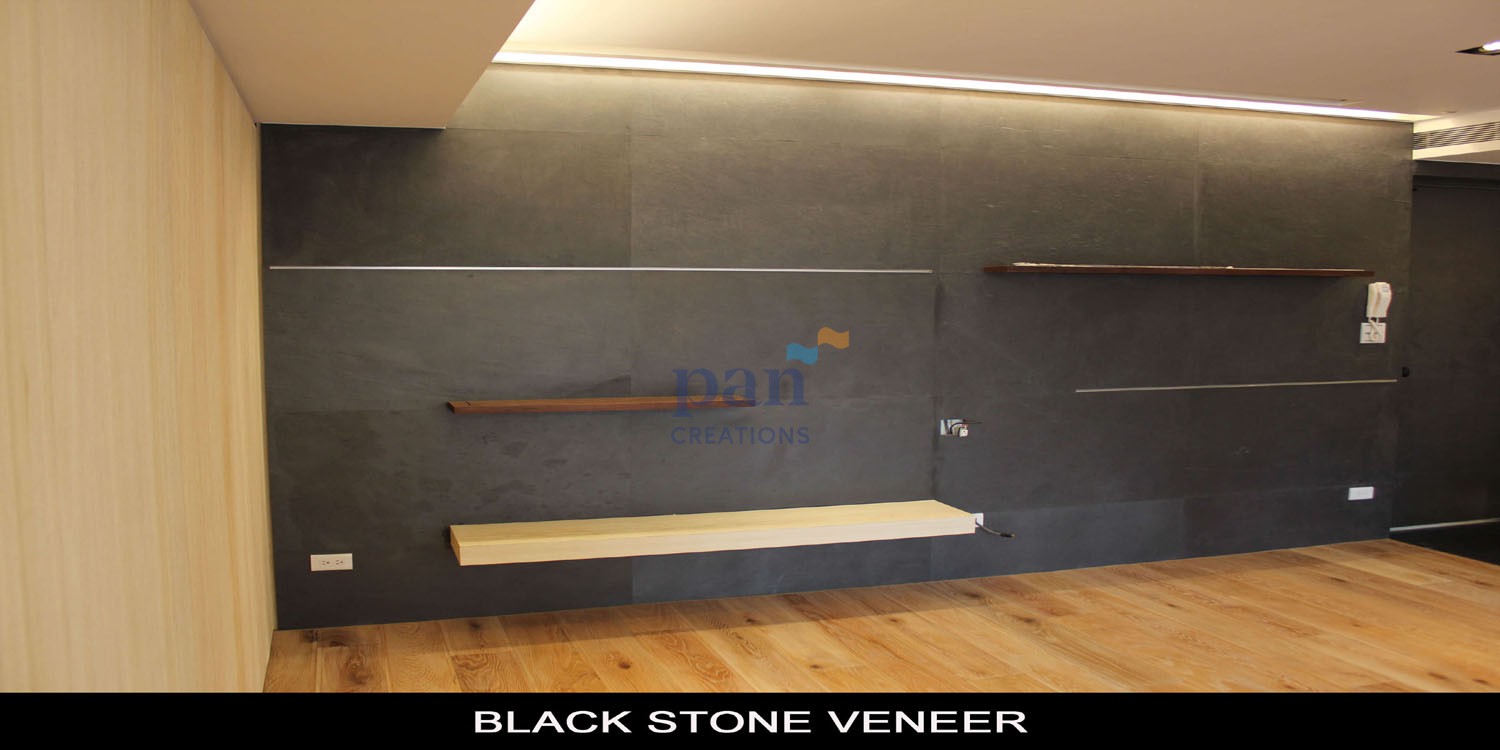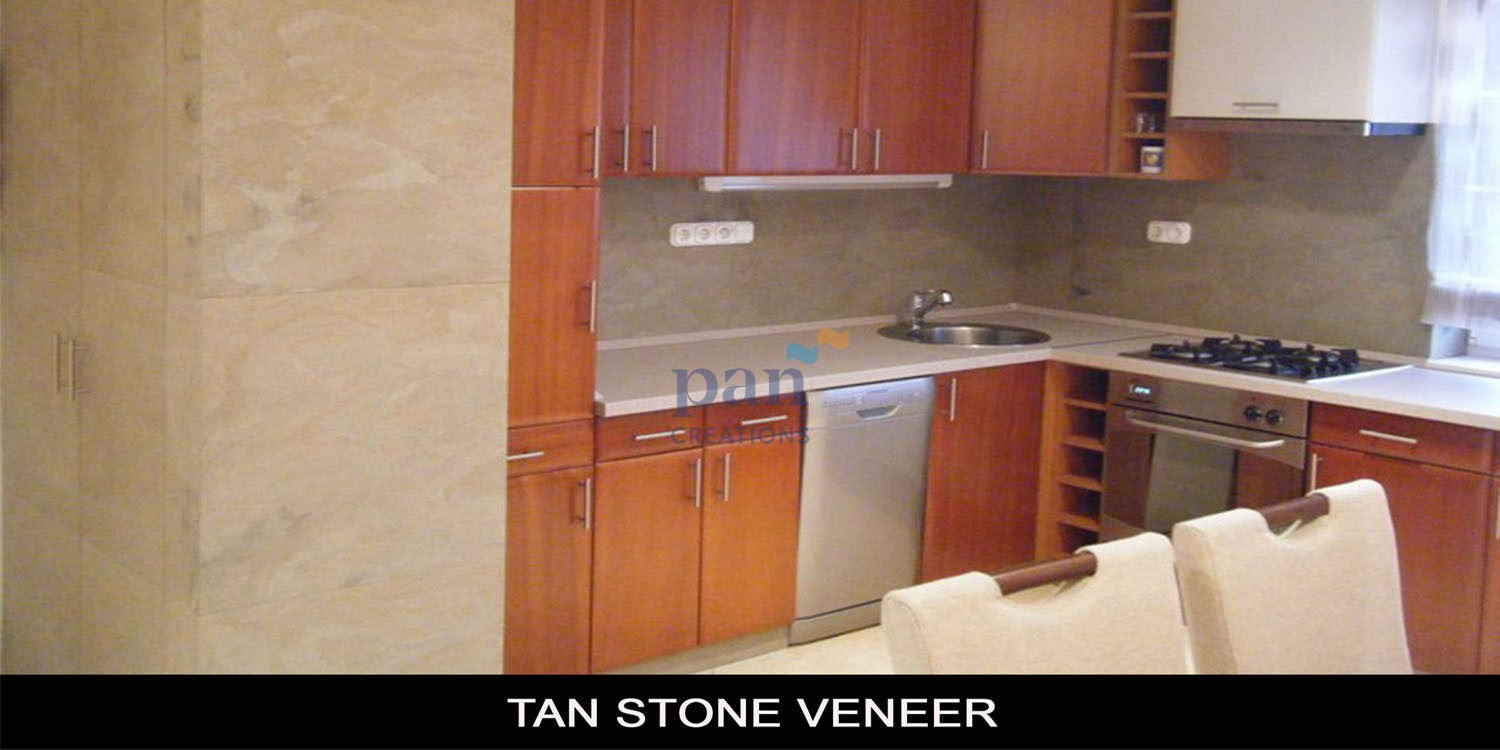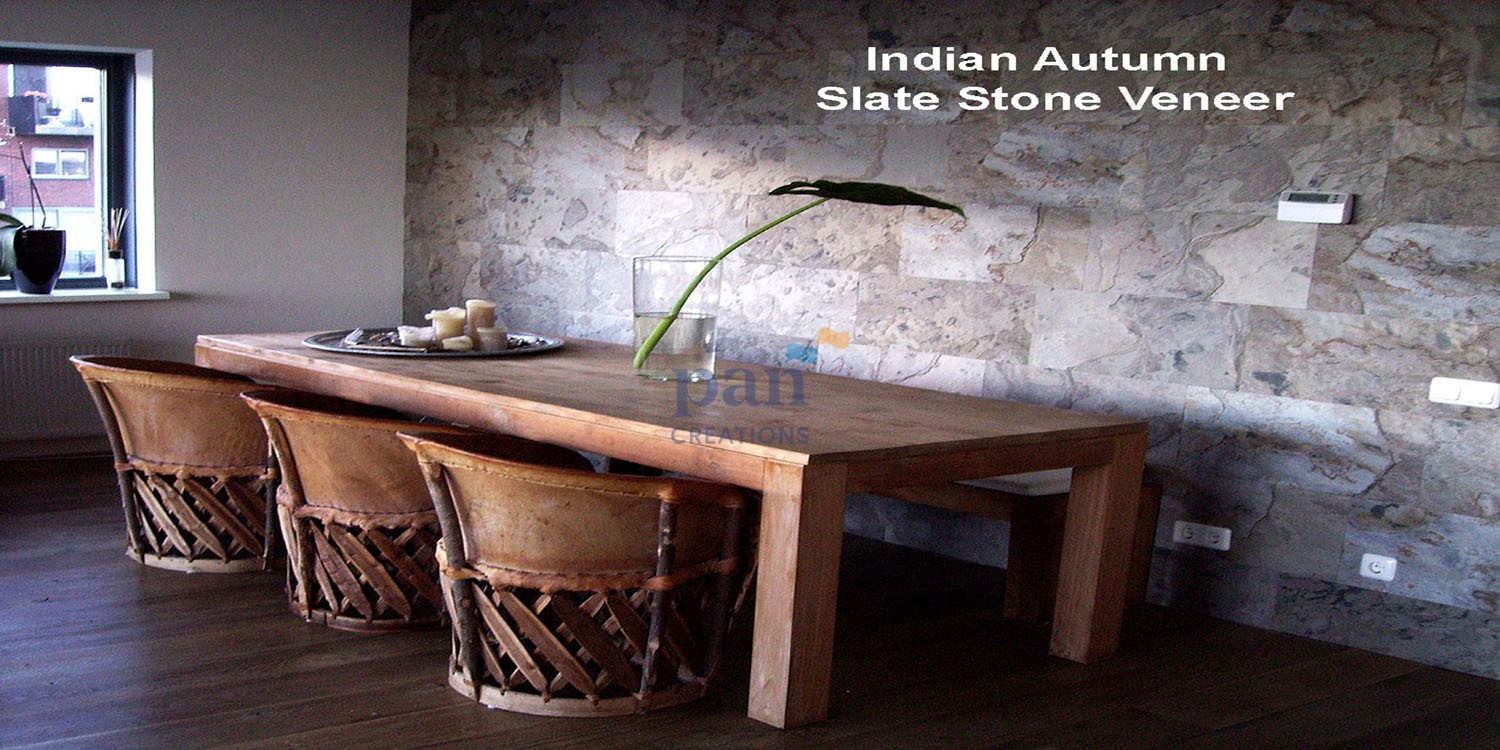Imagine stepping into a garden where the pathways glow with warm, golden hues, mimicking the rich grain of teak wood, yet crafted from stone that promises durability and low maintenance. This is the allure of teakwood sandstone, a natural stone that blends the aesthetic charm of wood with the resilience of stone. In this blog post, we’ll dive into teakwood sandstone’s unique patterns, characteristics, and applications, offering insights into why it’s a favorite among architects, designers, and homeowners.
What is Teakwood Sandstone?
Teakwood sandstone is a sedimentary rock primarily composed of quartz and feldspar, quarried predominantly in Rajasthan and Madhya Pradesh, India. Its name derives from its striking resemblance to teak wood, featuring intricate grain patterns and warm, earthy tones ranging from pale yellow to deep brown. Unlike other sandstones, teakwood sandstone has a denser composition, making it more versatile for various applications. Its wood-like texture, formed through layers of compressed sedimentary rock, sets it apart as a visually captivating and practical material.
The Formation Process
The unique patterns of teakwood sandstone are a result of natural geological processes. Over millions of years, sand grains, quartz particles, and organic matter are cemented together under pressure, creating subtle variations in color and texture. These patterns, often resembling the whorls and striations of wood, are due to differences in the stone’s chemical composition during formation. This organic aesthetic makes teakwood sandstone a standout choice for those seeking a natural, rustic look without the maintenance demands of actual wood.
Why Choose Teakwood Sandstone?
Teakwood sandstone has surged in popularity for both residential and commercial projects, thanks to its blend of beauty and functionality. Here are some key reasons why it’s a top choice:
- Natural Wood-Like Aesthetic: The stone’s warm tones and grain patterns mimic teak wood, adding a cozy, organic feel to any space.
- Durability: Unlike wood, which can warp or decay, teakwood and sandstone withstand weathering, making them ideal for outdoor use.
- Slip Resistance: Its slightly rough texture provides natural grip, perfect for wet areas like pool decks or bathrooms.
- Low Maintenance: With periodic sealing, teakwood sandstone resists stains and requires minimal upkeep compared to wood.
- Eco-Friendly: As a natural material, it avoids harmful chemical processing, appealing to environmentally conscious homeowners.
Applications of Teakwood Sandstone
The versatility of teakwood sandstone makes it suitable for a wide range of design projects. Its durability and aesthetic appeal have made it a go-to material for both indoor and outdoor applications. Here are some popular uses:
Outdoor Landscaping
Teakwood sandstone is a favorite for outdoor spaces due to its weather resistance and non-slip surface. It’s commonly used for:
- Pool Surrounds: The stone’s ability to absorb water quickly and provide grip makes it ideal for pool decks, as seen in a recent luxury resort project in Rajasthan, where teakwood sandstone pavers created a safe and stylish poolside area.
- Garden Pathways: Its wood-like texture adds charm to walkways, blending seamlessly with natural surroundings.
- Patios and Courtyards: The stone’s warm hues create inviting outdoor living spaces, perfect for entertaining guests.
Interior Design
Indoors, teakwood sandstone adds elegance and warmth. Common applications include:
- Flooring: Its durability and unique patterns make it a stunning choice for living rooms or hallways.
- Wall Cladding: Feature walls clad in teakwood sandstone create a rustic yet sophisticated ambiance, as seen in a Bangalore apartment where homeowners used it to enhance their living room’s aesthetic.
- Countertops: While less resistant to scratches than granite, teakwood sandstone countertops offer a unique look for kitchens or outdoor bars.
Commercial Spaces
From hotels to office lobbies, teakwood sandstone is used to create striking, durable surfaces. A notable example is a heritage-style hotel in Jaipur, where teakwood sandstone cladding on exterior walls added a timeless, earthy charm.
Current Trends in Teakwood Sandstone Design
The design world is buzzing with creative ways to incorporate teakwood sandstone. Some trending ideas include:
- Mixed Material Designs: Combining teakwood and sandstone with materials like glass or metal for a modern-rustic fusion.
- Honed Finishes: A smooth, honed finish is gaining popularity for indoor flooring, offering a sleek look while retaining the stone’s natural texture.
- Statement Walls: Accent walls with teakwood sandstone panels are a hot trend, adding texture and warmth to minimalist interiors.
- Eco-Conscious Landscaping: With sustainability in focus, teakwood sandstone is favored for its natural, eco-friendly properties.
Expert Tips for Using Teakwood Sandstone
To make the most of teakwood sandstone, consider these expert tips:
- Seal Regularly: Apply a breathable, water-repellent sealer to protect against stains and moisture, especially in high-traffic or wet areas.
- Choose the Right Finish: Opt for a sandblasted finish for outdoor areas needing extra grip, or a honed finish for indoor elegance.
- Avoid Acidic Cleaners: Use pH-neutral cleaners to prevent etching, as teakwood sandstone is calcium-based.
- Test for Color Variations: Since quarry location affects color, request samples to ensure consistency across your project.
- Work with Experts: For flawless installation, partner with professionals like Pan Creations, a leader in natural stone solutions. Their expertise in sourcing and installing teakwood sandstone ensures stunning, long-lasting results tailored to your vision.
Maintenance and Care
Maintaining teakwood sandstone is straightforward but requires attention to detail. Clean spills promptly to avoid staining, and use a soft brush or cloth with mild soap for regular cleaning. Periodic sealing, every 1–2 years depending on exposure, preserves the stone’s beauty and protects against weathering. For exterior applications, avoid prolonged water exposure, as seen in a case where improper sealing led to dampness and discoloration on teakwood sandstone slabs. Consulting with specialists can prevent such issues and keep your stone looking vibrant.
Real-Life Inspiration: The Patel Residence
In Ahmedabad, the Patel family transformed their living room with teakwood sandstone wall panels. Seeking a blend of tradition and modernity, they installed the stone behind a traditional Indian swing, creating a harmonious focal point. The panels’ wood-like patterns complemented the swing’s ornate woodwork, while their durability ensured low maintenance. This project highlights how teakwood sandstone can elevate a space with both cultural resonance and practical benefits.
Conclusion
Teakwood sandstone is more than just a building material—it’s a bridge between nature’s beauty and architectural innovation. Its unique wood-like patterns, durability, and versatility make it a timeless choice for enhancing indoor and outdoor spaces. Whether you’re designing a cozy patio, a luxurious interior, or a sustainable landscape, teakwood sandstone offers unmatched aesthetic and functional value. For your next project, consider partnering with Pan Creations to bring the warmth and elegance of teakwood sandstone to life, ensuring a space that’s both stunning and enduring.






